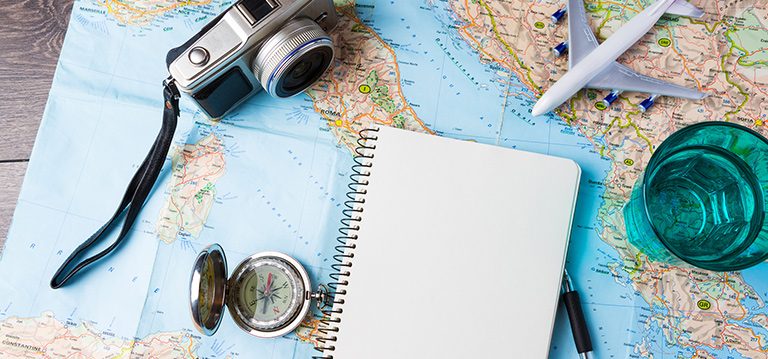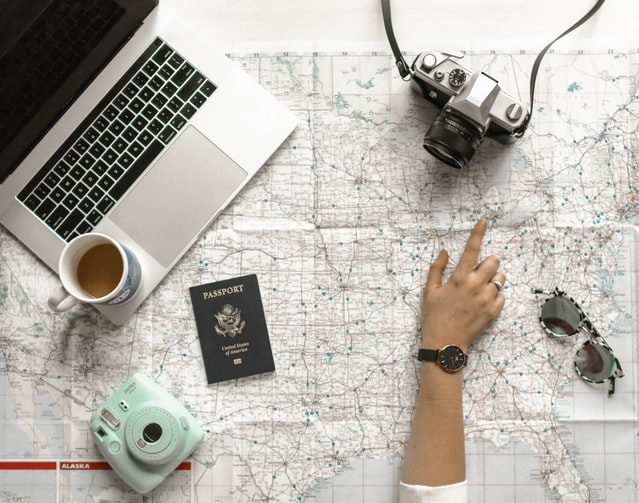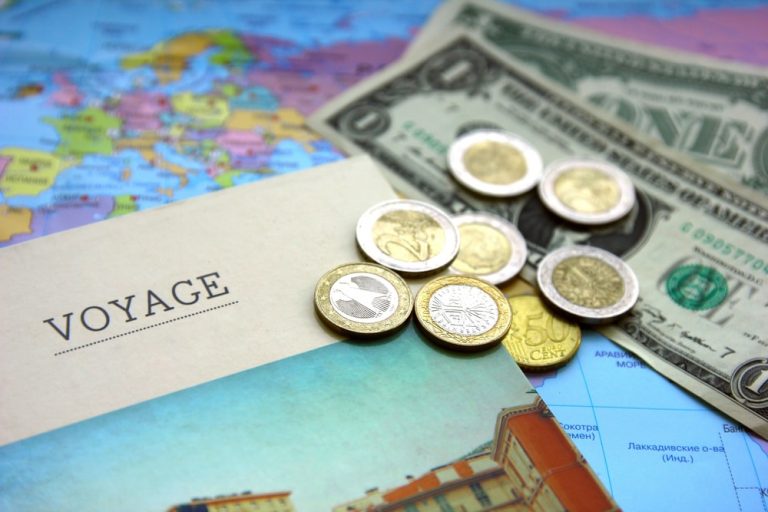> Reading time: 6 minutes
With the hope of a return of a normal life, do you sometimes find it hard to resist the appeal of exotic countries? Do you often want to experience extraordinary adventures abroad, even though they are not really eco-friendly? As you may know, traveling is necessarily polluting, whether you are a tourist or an expatriate, alone or in group. Tourism is not always sustainable.
According to a study published in 2018, tourism is indeed responsible for 8% of the global greenhouse gas (GHG) emission. The study takes into account the transportation, the accommodation, food and goods and services consumption.
But is it a fatality?
Voices are already being raised and many initiatives emerge to limitate the trips’ environmental impact. You may have heard about “green tourism” or “sustainable tourism”. These approaches tend to show that tourism and environment don’t have to be incompatible. Sustainable tourism tries to reconcile tourism, environmental, social and economic issues.
Here is a list of 5 initiatives for a more sustainable tourism!
#1 – Carbon offsetting

There you are! You have bought your flight tickets for New York. Broadway is waiting for you. You take off, and after an agreable flight, you land in the Big Apple! One week later, you fly back home. Overall, your roundtrip travel has emitted 1 ton of GHG (for a Paris – New York flight for instance), as much as one person has emitted to heat his/her flat for 1 year!
It is common knowledge that flying is the most polluting mode of transportation, even though traveling by plane allows you to travel far from home.
If you can’t help yourself traveling so far, there is actually a solution in order to limitate your GHG emissions : carbon offsetting.
What is that? Calculate your flight carbon footprint, then offset your emission by financing projects destined to reduce the GHG emissions. Not only will you compensate your carbon emissions, but you will also contribute to local economies because these projects employ local populations.
But how do you do that?

Sustainable Travel International‘s website calculates your flight carbon footprint for you, then indicates how much your offsetting will cost to you. For example: the Paris – New York roundtrip flight for 1 person is equivalent to $12.36 to finance.
* We verified for you that you offset the same amount of carbon, but pay less, because the discount doesn’t impact the amount of money paid for the local projects, only the management fees.
This solution allows you to have some peace of mind while traveling, especially as $12.36 is quite a reasonable sum, when considering the cost of living in the States. For more information, please check out our webpage about New York!
#2 – The carsharing
Let’s talk again about transportation!
Assume that you are in a city where public transportation as well as bike paths are not developed, but that you have your driving licence. You could rent a car, of course.
But you could also opt for carsharing. That’s exactly what Share NOW proposes, which is available in several cities in France, Germany, Italy, Austria and in other European countries.
But how does it work exactly? A “float” of cars in the city can be rented on demand. It is a car self-service. The cars can easily be rented. That’s all, and that’s simple.
What is the advantage then ? Carsharing means less cars in the cities, hence less congestion, hence less emissions. Most of Share NOW’s cars are electrical, so don’t emit GHG (at least, not directly).
Financially speaking, not having your own car is not having to pay an insurance or maintenance.
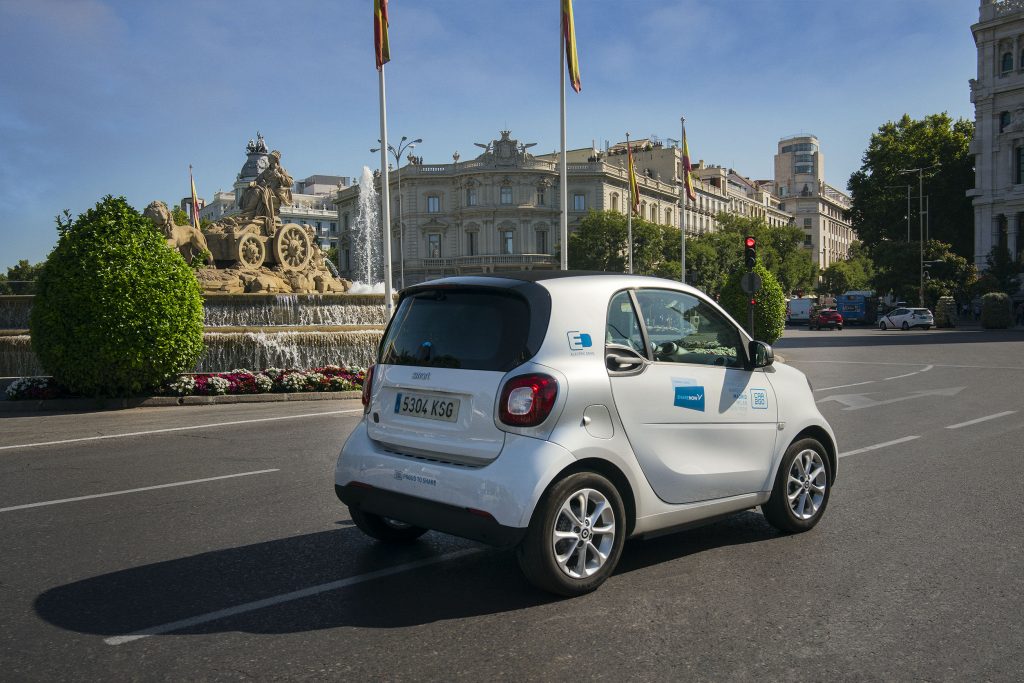
#3 – Eat different
Let’s assume now you have rented a house for your dream vacation, that going shopping for the rest of the week is a mess and that you don’t even know where the products you have bought come from.
You could order online via Uber Eats or Deliveroo… But why not opting for Hello Fresh?
The principle is simple: you order cooking boxes adapted to your preferences, you choose the number of meals, and that’s basically all. Then you’re delivered at home. All you have to do know is to cook! So it is savings in time, and you know where your food comes from. Note also that Hello Fresh is adept at carbon offsetting.
You have now the solution to eat in a more eco-friendlier way. Enjoy your meal!

#4 – An eco-friendly bank for a more sustainable tourism
On our website, we want to help you spare money during your stay. For instance, we advise you on alternative bank cards. You can for example choose a neo-bank for your travel. Having two bank cards is always a good idea when traveling so as not to lose your money.
In this respect, Bunq is a neo-bank interesting for travellers. In addition to its advantages related to travels, it is also focused on the environment with its offer Easy Green. Your savings won’t be used to finance projects that are detrimental to the environment. As a matter of fact, transparency is one of Bunq’s values.
Generally speaking, neo-banks fit the travellers’ needs – as if you were traveling with your bank in your pocket. Bunq is one of them, and its focus on the environment can contribute to reducing the impact of tourism on the planet.
Bunq is also interesting for those who would like to expatriate and who would like to choose a greener bank.
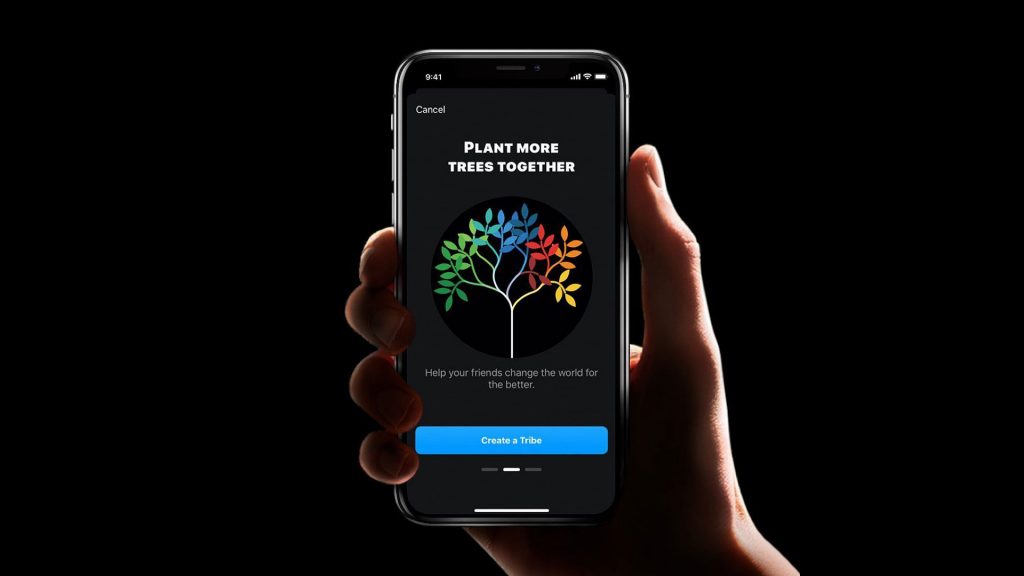
#5 – Slow travelling: when sustainable tourism is slow

More than a solution, it is rather a travel philosophy. Instead of travelling fast in order to discover as many places and countries as possible – that is what some tour operators propose -, why don’t you slow down a bit and go at your own rhythm?
Environmentally speaking, it means less emissions due to transportation. It also means consuming local and fresh products. It can involve living with civilians, which is less polluting than staying in a hotel. In a nutshell, it means adopting a new paradigm, which is more eco-friendly.
Not to mention the social advantages, as it gives more importance to the human being, to the sharing, to the multiple experiences.
Finally, slow travelling is not always synonymous with lots of expenses, as William explains it in this article about slow travelling in Asia.
As you may have noticed, tourism can bring about pollution and contribute to climate change – for instance with mass tourism -, but it can also be strongly resilient, innovant, and is a fertile ground for diverse initiatives to reduce its social and environmental impact.
So don’t hesitate to check out these initiatives! Let us know in the comments below if you have solutions to make tourism greener!


